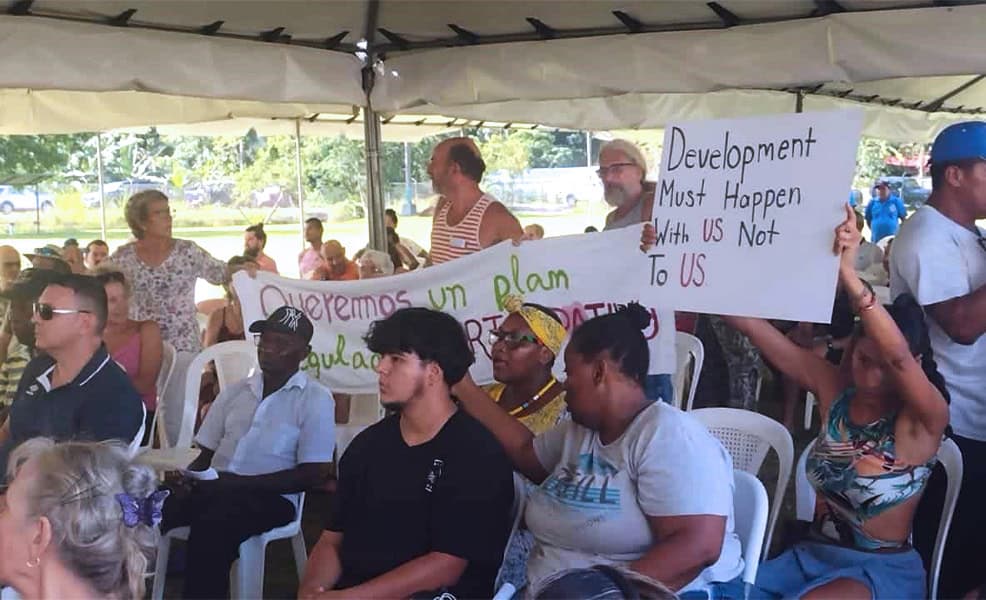The regulatory plan of the Municipality of Talamanca has faced significant criticism. The plan permits tourism development and the construction of parking lots in areas identified as wetlands by the National System of Conservation Areas (SINAC) in 2021.
Franz Tattenbach, the Minister of Environment and Energy, defended a directive he issued last year, which stated that SINAC would no longer rely on the 2021 study. Instead, he mandated the use of only the State Natural Heritage (PNE) certification for the Maritime Terrestrial Zone (ZMT), issued by SINAC in 2017. This earlier certification did not delimit or mark any wetlands.
The most concerning aspect of the Coastal Regulatory Plan, approved in September last year by the Municipal Council of Talamanca, is its failure to mark or delimit wetlands. These areas are not included as protected zones, yet tourism development is allowed in locations where wetlands exist.
A local resident filed a complaint, leading the Constitutional Court to rule that the PNE certification in the ZMT of Talamanca must be supplemented with the 2021 wetlands report. The court also required that the updated information be incorporated into the Regulatory Plan. However, this mandate was ignored, forcing the resident to file another complaint. SINAC then delineated only 73 hectares of wetlands, reducing the designated area by 45% compared to 2021.
The government has promoted the regulatory plan, claiming it will provide legal certainty to developers interested in investing in the area. Government officials have cited specific developments, such as a parking lot planned near the entrance to the Gandoca Manzanillo National Wildlife Refuge, an area that includes both wetland and forest.
Mauricio Álvarez Mora, a geographer and researcher with the Socio-environmental Kiosks Program, warned that the wetlands are likely to be drained. He also pointed out that the Municipality of Talamanca is granting concessions in Playa Grande, an area with high growth and real estate potential, where 10-hectare properties are listed for up to $6 million.
“There are no technical criteria involved; rather, economic considerations are driving the disaffectation of heritage areas, which could clearly be illegal,” Álvarez Mora added.
Environmentalists argue that SINAC and MINAE are disregarding the 2021 report because acknowledging it would devalue many properties that would then be off-limits for development due to the environmental damage that construction would cause.






